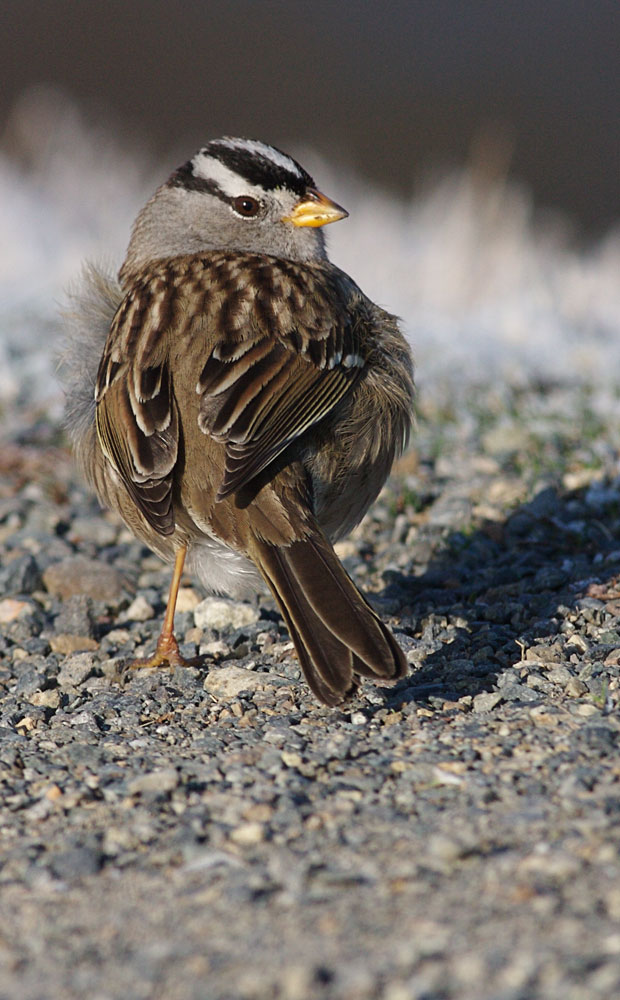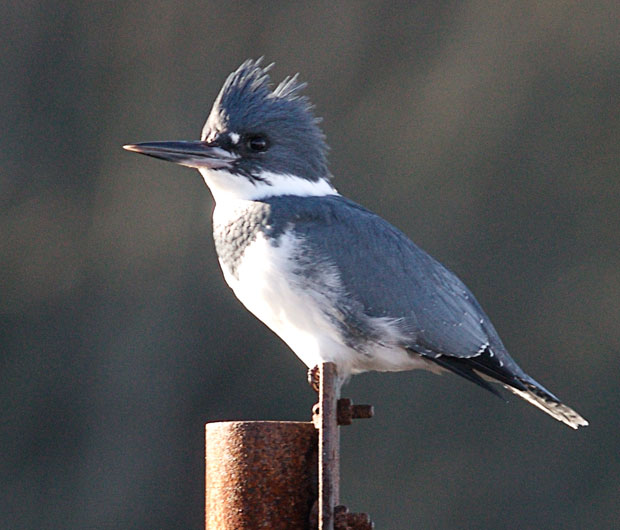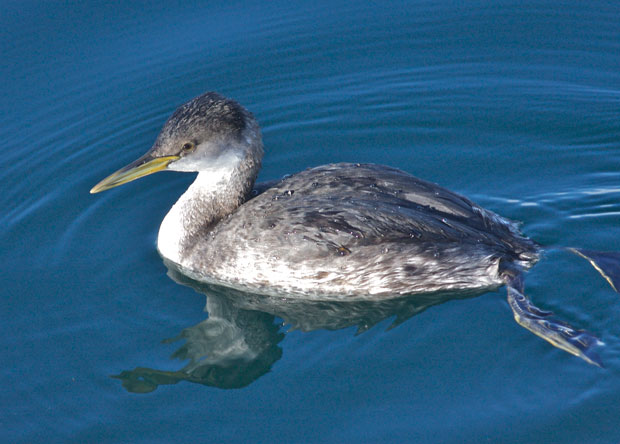Most of the Jesus Sutras I’ve read so far in Palmer’s book certainly haven’t been as interesting as The Gospel of Thomas was. In fact, the early versions Palmer discusses first seem little more than poor translations of Western versions. Though it is interesting to see how hard it is to translate ideas ingrained into the Westerner psyche into terms that Chinese of that period could relate to. In turn, this allows the reader to see more clearly the differences between the two religions while simultaneously being able to see the importance of certain concepts in both religions, as when the phrase “Cool Breeze” is substituted for “The Holy Spirit.”
It wasn’t until I encountered this passage, however, that Palmer really caught my attention:
ORIGINAL NATURE, NOT ORIGINAL SIN
One core concept that shapes all the liturgical Sutras is that of original nature. This is radically at variance with traditional Christian thought, which has tended to emphasize the defects of humanity: the fault of Original Sin. In China, the tables are dramatically turned. The Church of the East broke away from the West just in time to avoid the magnificence and the curse of St. Augustine of Hippo, who took the basic notion of original sin and built it into the destructive force it was to become. In looking at the theology of the Church of the East, we can see what Christianity without St. Augustine might have been like.
St. Augustine saw humanity as almost irredeemably wicked and perverse, rejecting any idea of some innate goodness. To him, salvation is an entirely undeserved act of grace that plucks us from our filthy state of evil. Augustine was opposed in his time by the first British theologian on record, a monk named Pelagius, who argued the opposite, that human nature was basically good but had been corrupted and misguided by human weakness. The theology of Augustine triumphed in the West, but it was a theology similar to Pelagius’s that triumphed in China.
The term “original nature” or “innate nature,” occurs in both Taoist and Buddhist thought. It signifies that all life is innately good but becomes corrupt or loses its way through the compromises of life and existence. A wonderful example of what this means is given in the writings of Zhuang Zi, the Taoist philosopher and wit of the fourth century p.c.: “Horses have hooves so that their feet can grip on frost and snow, and hair so that they can withstand the wind and cold. They eat grass and drink water, they buck and gal- lop, for this is the innate nature of horses. Even if they had great towers and magnificent halls, they would not be interested in them. However, when Po Lo [renowned as the first and greatest trainer of horses] came on the scene, he said, ‘I know how to train horses: He branded them, cut their hair and their hooves, put halters on their heads, bridled them, hobbled them and shut them up in stables. Out of ten horses, at least two or three die …. The people have a true nature, they weave their cloth, they farm to produce food. This is their basic virtue.” Zhuang shows how people have been corrupted by those who wished to control them, just as the poor horses were destroyed and damaged by the actions of Po Lo.
This idea of original nature could not be further from the concept of original sin. So the later Sutras adapted to the Chinese view that human nature was essentially good but could be distorted. In these Christian Sutras from China is the shape or outline of a post-Augustinian theology that the West itself needs in order to become free from the burden of original sin and thus reconfigure or rediscover Christianity. Given that original sin was unknown as a central theme of Christian thought before the early fifth century, it is possible to agree with Pelagius that true Christianity holds a notion of original goodness. In a post-Augustian Christian world, this rediscovery, embodied in the actual books and thoughts of a major ancient Church, may well be a version of christianity that can speak to spiritual seekers today.
All these liturgical Sutras celebrate freedom from karma, reincarnation, and the power of death, and the possibility of spiritual freedom from these forces on earth as well as in heaven. As Jesus said when asked by the Pharisees when the kingdom of God was to come, “The coming of the Kingdom of God does not admit of observation and there will be no one to say ‘Look here! Look there!’ For you must know, the kingdom of God is among you” (Luke 18:20-21). These Sutras celebrate the inherent reality of that spiritual liberation.
First of all, I didn’t realize that this debate had ever taken place in the Catholic Church, though I was aware that it raged during the Enlightenment. Philosophically, I’ve been so opposed to the concept of original sin that I’ve found it difficult to take seriously any religion that advocated the idea. I had a hard time just plain not laughing out loud every time I had students’ read Jonathan Edward’s “Sinners in the Hands of an Angry God.” The very idea of God hating his “children” struck me as absurd. Nor could I ever accept the concept that a child who had not been baptized could be denied entry into Heaven because his sinful nature had not been redeemed. Of course, that’s probably because I was raised by a Christian Scientist, though one who had left the church because he could no longer accept the idea that it was wrong to see a doctor.
I could never decide whether I believed in the inherent goodness of mankind or in “tabula rasa,” but I could easily learn to accept “ the Chinese view that human nature was essentially good but could be distorted.”
I’m looking forward to seeing what effect this assumption has on Taoist Christianity.




